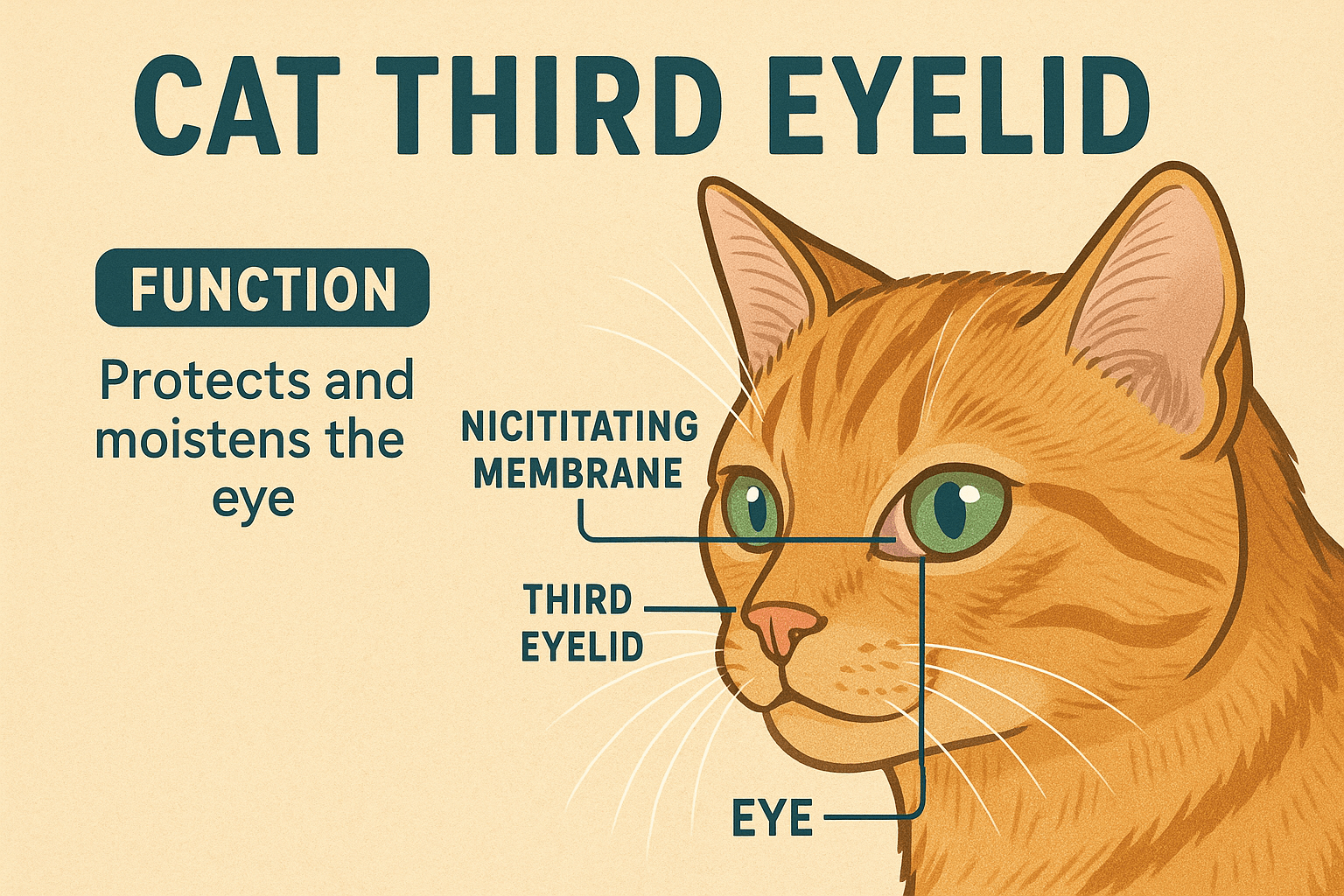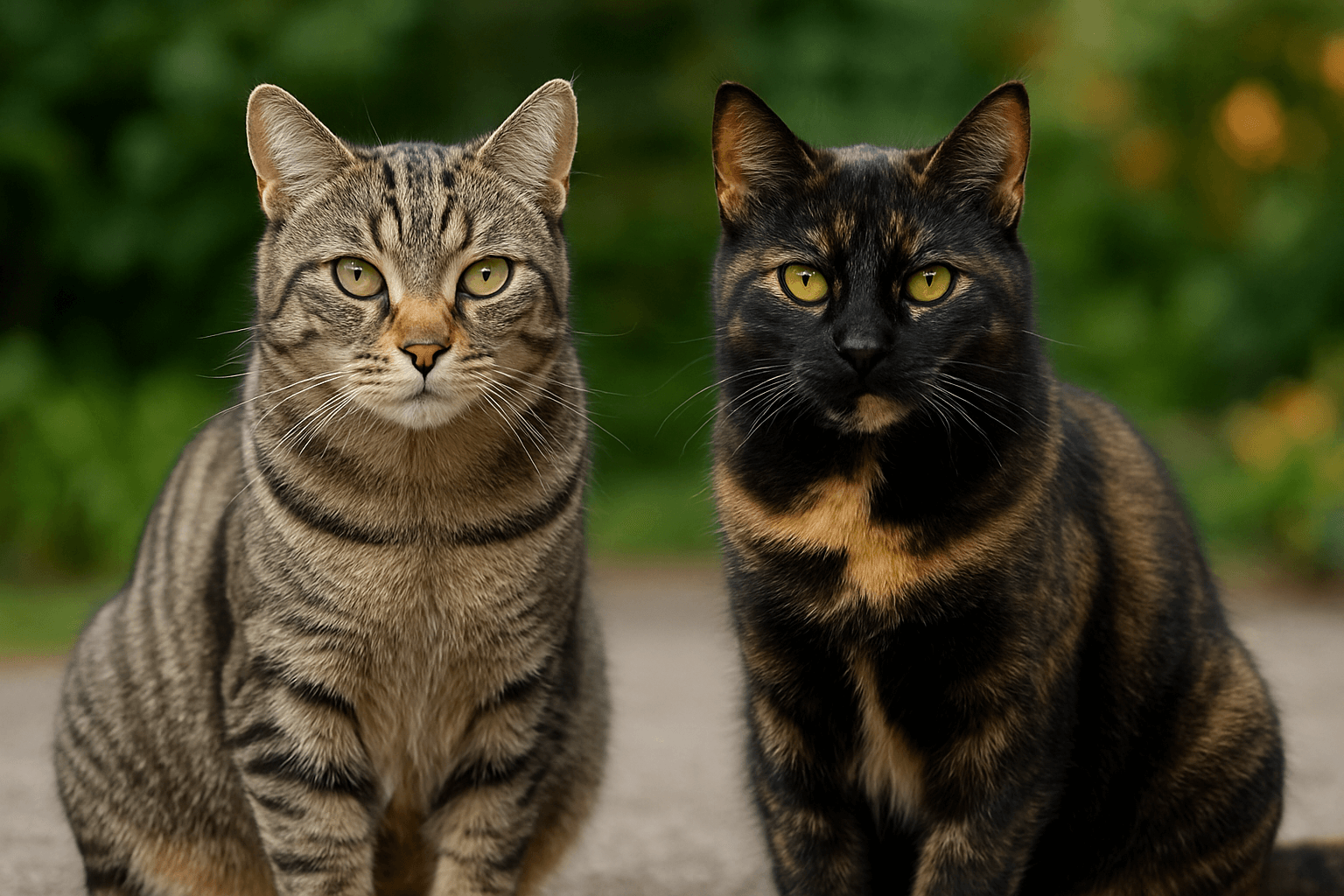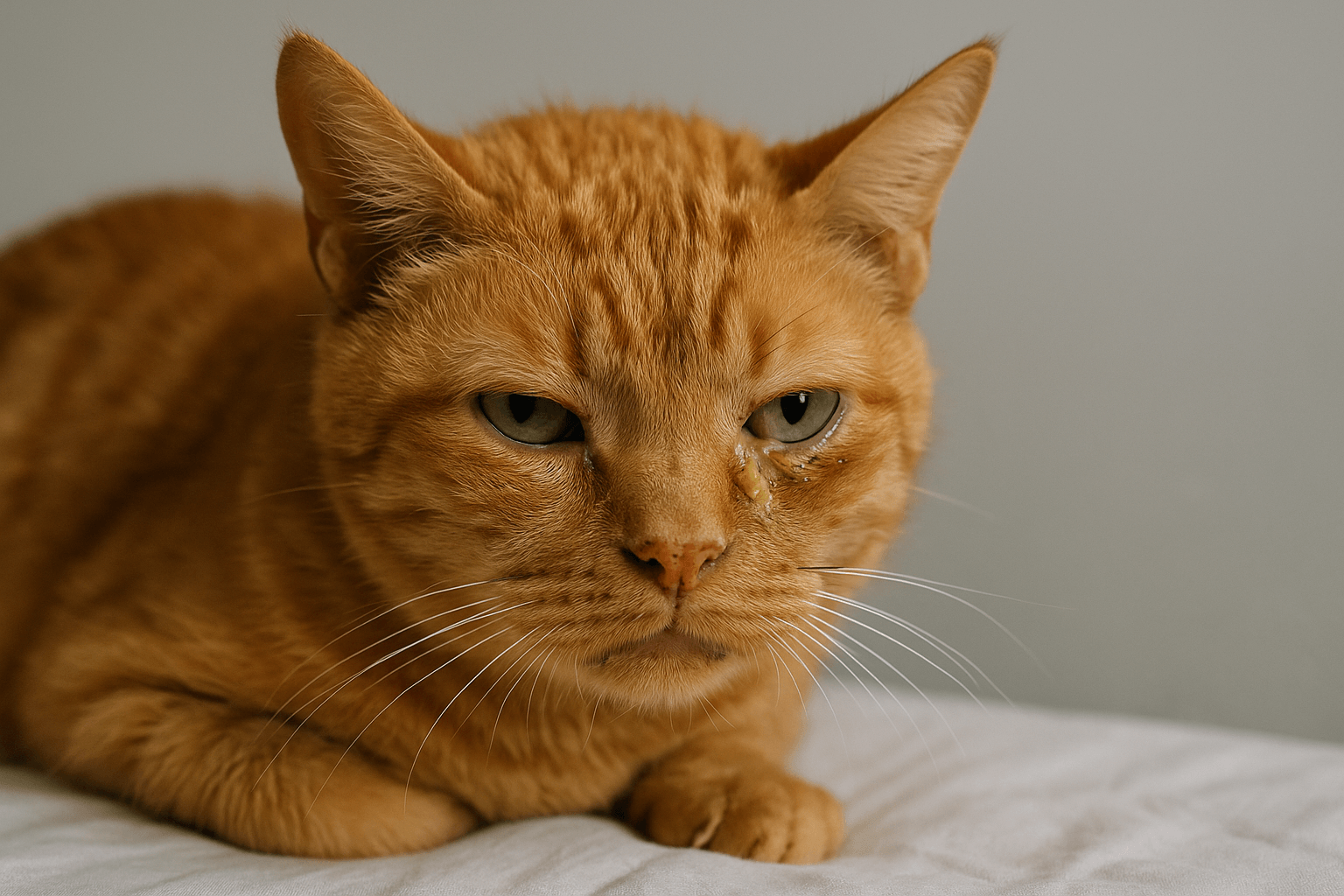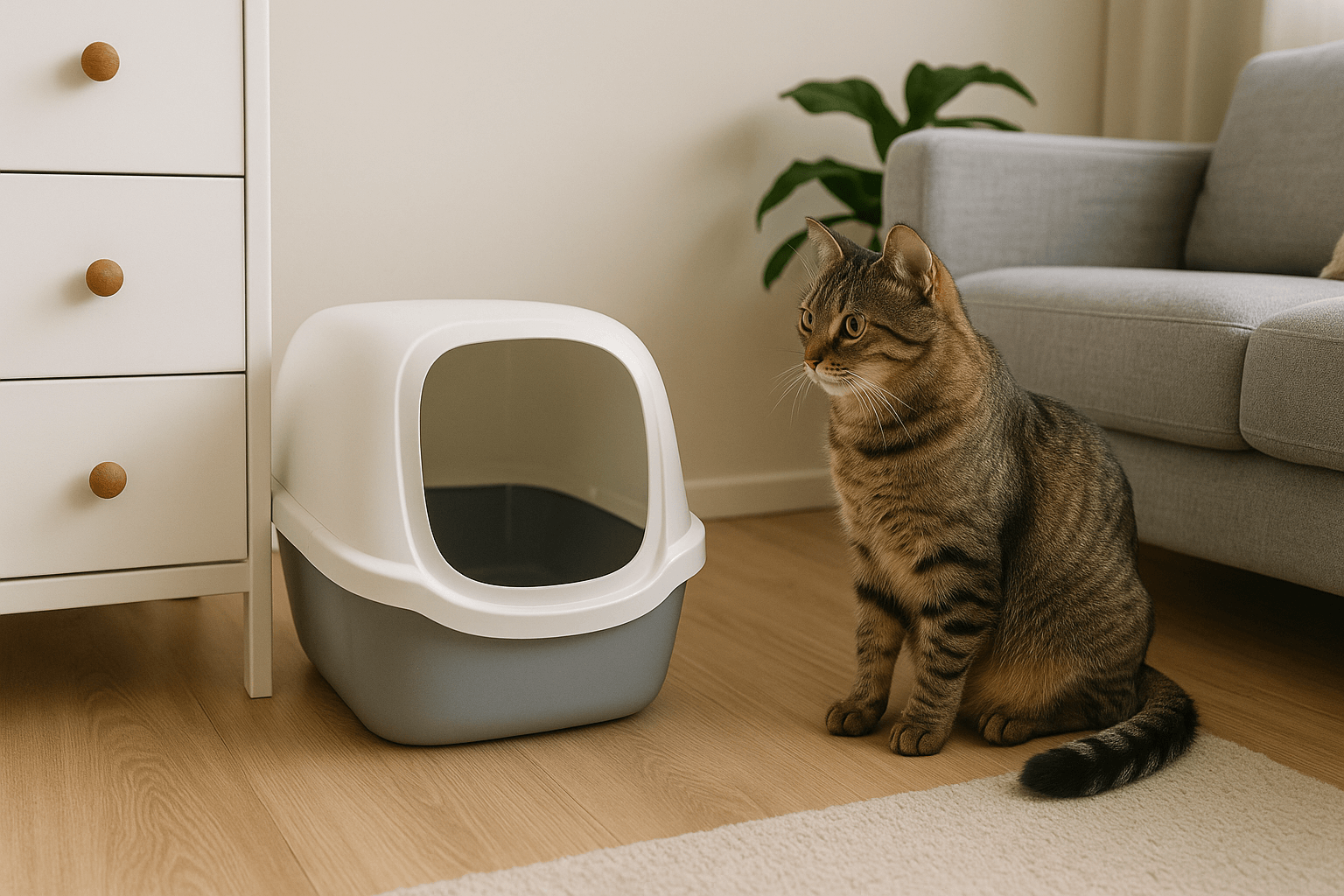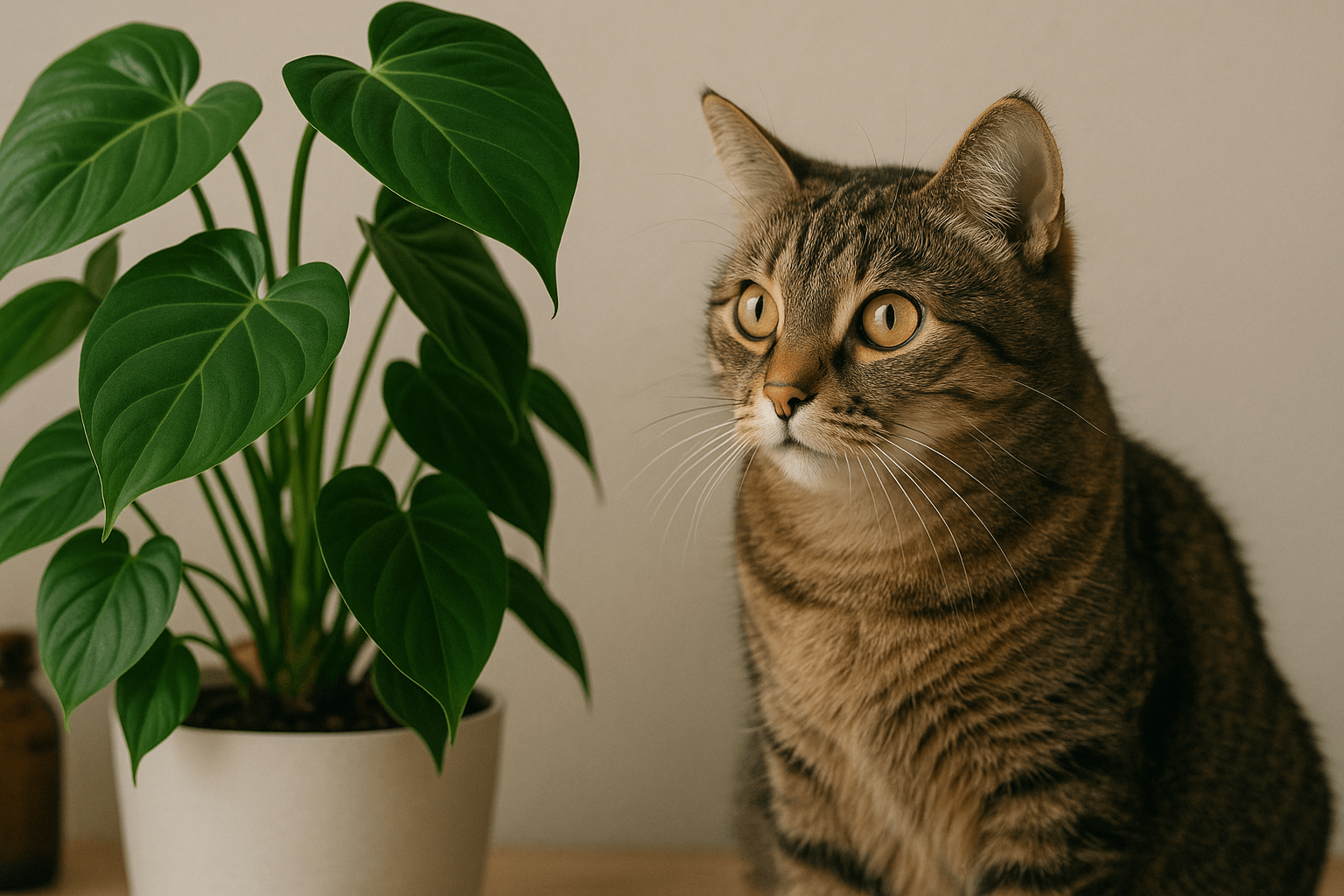Understanding Your Cats Third Eyelid: What It Is and Why It Matters
If you’ve ever noticed a thin, translucent layer covering part of your cat’s eye, you’ve encountered their third eyelid. This unique anatomical feature, also known as the nictitating membrane, plays a vital role in protecting your cat’s eyes and maintaining their overall eye health. While it’s usually hidden from view, certain conditions can cause the third eyelid to become more prominent, signaling potential health concerns. In this blog post, we’ll explore what the third eyelid is, why it exists, and how to recognize when its visibility might indicate an underlying issue. Whether you’re a new cat owner or a seasoned feline enthusiast, understanding this fascinating aspect of your cat’s anatomy is essential for ensuring their well-being.
Expert Opinion: The Importance of Addressing Cat Eye Issues
“The eyes are one of the cat’s most intriguing features. Therefore, anything that affects the eyes, even if it seems minor, should not be ignored. Any change to the eyes or eyelids should be addressed within 24 hours, if not sooner.”
— PetMD
What Is the Third Eyelid? Key Facts to Know
The third eyelid is a protective structure found in cats and many other animals. Though often unnoticed, it serves several important functions that contribute to your cat’s eye health. Here are some key facts about this remarkable feature.
Location and Appearance:
The third eyelid is located in the inner corner of your cat’s eye and appears as a thin, whitish or pinkish membrane.Protection Against Injury:
It acts as a shield, protecting the cornea from scratches, debris, and foreign objects while your cat explores their environment.Moisture Retention:
The third eyelid helps distribute tears across the surface of the eye, keeping it hydrated and preventing dryness.Hidden When Healthy:
In healthy cats, the third eyelid is typically retracted and not visible unless the cat is relaxed or sleeping.Indicator of Health Issues:
If the third eyelid becomes prominently visible, it may signal stress, illness, or an injury that requires veterinary attention.
Understanding these basics provides a foundation for recognizing when your cat’s third eyelid might be trying to tell you something important about their health.
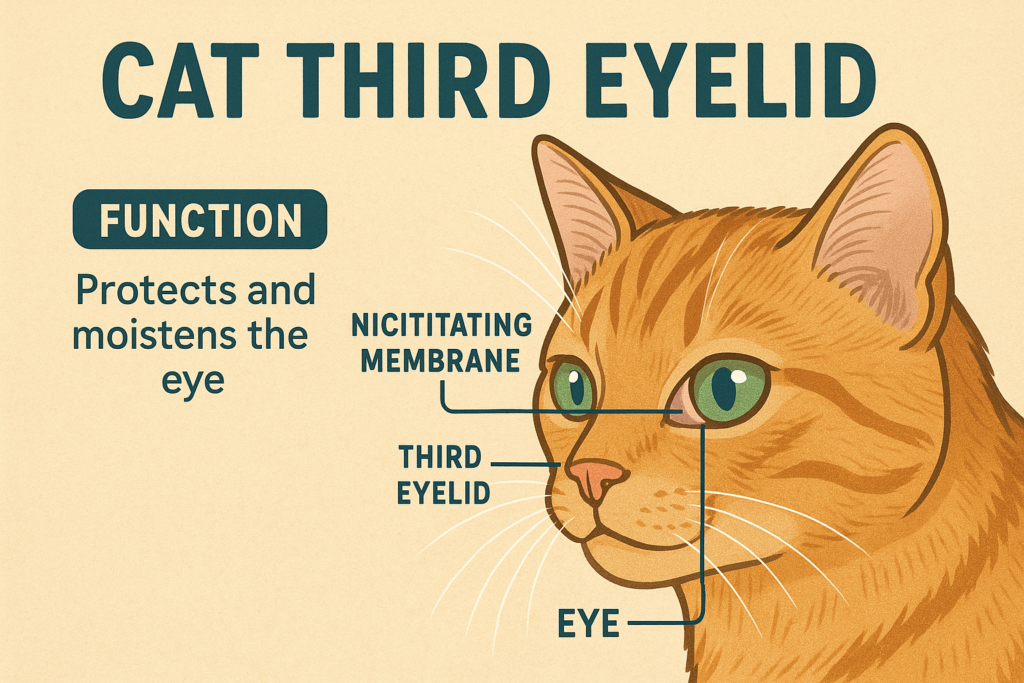
Common Reasons Why Your Cat’s Third Eyelid Might Be Visible
A visible third eyelid doesn’t always mean there’s a serious problem, but it’s worth investigating further. Here are some common reasons why your cat’s third eyelid might appear more prominently than usual.
Stress or Anxiety:
Cats may display their third eyelid when they’re feeling stressed, scared, or unwell. Changes in their environment or routine can trigger this response.Fatigue or Relaxation:
A cat’s third eyelid can become slightly visible when they’re deeply relaxed or asleep, which is perfectly normal.Eye Irritation or Infection:
Conditions like conjunctivitis, corneal ulcers, or foreign objects in the eye can irritate the eye and cause the third eyelid to protrude.Systemic Illnesses:
Diseases such as feline leukemia virus (FeLV), feline immunodeficiency virus (FIV), or gastrointestinal issues can lead to visible third eyelids.Trauma or Injury:
Physical injuries to the eye or surrounding area may cause swelling or displacement of the third eyelid.
If you notice persistent visibility of the third eyelid, it’s important to consult a veterinarian to rule out any underlying health concerns.
Check this guide 👉Dichromatic Cat Eyes: Best 7 Expert Tips!
Check this guide 👉How to Clean a Cat Eye Infection: Best 7 Health Tips!
Check this guide 👉Cat Eye Discharge Green: Best 7 Health Tips!
Normal Functions of the Third Eyelid | Signs of Potential Problems |
|---|---|
Protects the cornea from damage | Persistent visibility of the eyelid |
Distributes tears to keep eyes moist | Swelling or redness around the eye |
Retracts when the cat is alert | Discharge or unusual tear production |
Helps remove debris from the eye | Squinting or pawing at the eye |
Rarely visible in healthy cats | Behavioral changes like lethargy |
How to Care for Your Cat’s Eyes and Monitor Their Third Eyelid
Proper eye care is crucial for maintaining your cat’s overall health and well-being. By staying vigilant and taking preventative measures, you can ensure their eyes remain healthy and their third eyelid stays out of sight.
Perform Regular Eye Checks:
Gently examine your cat’s eyes weekly for signs of redness, discharge, or cloudiness that could indicate a problem.Keep the Environment Clean:
Dust, allergens, and chemicals in your home can irritate your cat’s eyes. Use air purifiers and clean surfaces regularly.Provide a Balanced Diet:
Nutrient-rich foods containing vitamins A and E support eye health and reduce the risk of infections.Avoid Harsh Handling:
Handle your cat’s face gently to prevent accidental injuries to their delicate eye structures.Seek Veterinary Help Early:
If you notice prolonged visibility of the third eyelid or other symptoms, schedule a vet visit promptly to address any issues.
By incorporating these practices into your routine, you can help protect your cat’s eyes and catch problems early.
When to Take Your Cat to the Vet for Third Eyelid Issues
While occasional visibility of the third eyelid isn’t always alarming, certain symptoms warrant immediate veterinary attention. Knowing when to seek professional help ensures your cat receives timely care.
Prolonged Visibility:
If the third eyelid remains visible for more than 24 hours without obvious cause, it’s time to see a vet.Accompanying Symptoms:
Look for additional signs like squinting, excessive tearing, or pawing at the eye, which could indicate an infection or injury.Changes in Behavior:
Lethargy, loss of appetite, or reluctance to play may suggest systemic illnesses affecting the eyes.Swelling or Discharge:
Any swelling around the eye or abnormal discharge should be evaluated by a professional.Recent Trauma:
If your cat has suffered a head or eye injury, even minor incidents can lead to complications requiring medical care.
Prompt veterinary intervention can prevent minor issues from escalating into serious conditions.
Common Misconceptions About the Third Eyelid
There are several misconceptions about the third eyelid that can lead to confusion among cat owners. Addressing these myths helps promote accurate understanding and better care.
Myth: The Third Eyelid Should Always Be Visible:
In reality, the third eyelid is usually hidden unless the cat is relaxed, unwell, or experiencing an issue.Myth: It’s Just a Cosmetic Feature:
Far from being purely aesthetic, the third eyelid serves vital protective and functional roles.Myth: You Can Trim or Remove It Safely:
Attempting to alter the third eyelid can cause permanent damage and impair your cat’s eye health.Myth: Only Sick Cats Show Their Third Eyelid:
While illness can cause visibility, stress, fatigue, or relaxation are also common triggers.Myth: All Cats Have Identical Third Eyelids:
Variations exist among breeds, and some cats may naturally have slightly more visible third eyelids than others.
Dispelling these myths ensures you approach your cat’s eye care with accurate knowledge and confidence.
Preventative Measures to Keep Your Cat’s Eyes Healthy
Prevention is always better than cure when it comes to your cat’s eye health. Implementing these measures can reduce the risk of problems involving the third eyelid and beyond.
Maintain a Safe Environment:
Remove sharp objects, toxic plants, and small items that could harm your cat’s eyes or cause irritation.Schedule Routine Vet Visits:
Annual check-ups allow veterinarians to detect early signs of eye issues before they escalate.Monitor for Allergies:
Allergic reactions can manifest as eye irritation; identify and eliminate potential allergens in your home.Encourage Natural Scratching Behaviors:
Provide scratching posts to minimize the risk of your cat accidentally clawing their own face.Stay Updated on Vaccinations:
Vaccines protect against viral infections that can indirectly affect eye health, such as FeLV and FIV.
Taking these preventative steps minimizes risks and promotes long-term eye health for your cat.
How Stress Affects Your Cat’s Third Eyelid
Stress can have a surprising impact on your cat’s third eyelid, making it more visible even when no physical injury is present. Understanding this connection helps you address root causes effectively.
Environmental Changes Trigger Stress:
Moving homes, introducing new pets, or rearranging furniture can unsettle your cat and affect their third eyelid.Loud Noises Cause Anxiety:
Thunderstorms, fireworks, or construction sounds can make your cat feel unsafe, leading to visible third eyelids.Health-Related Stress Manifests Physically:
Pain, discomfort, or illness can heighten stress levels, causing the third eyelid to protrude.Routine Provides Comfort:
Establishing predictable daily routines reduces stress and minimizes unnecessary visibility of the third eyelid.Behavioral Cues Indicate Stress Levels:
Watch for hiding, excessive grooming, or changes in appetite alongside third eyelid visibility.
Managing stress through environmental enrichment and calming techniques supports both mental and physical health.
Frequently Asked Questions About Your Cat’s Third Eyelid
Is it normal for my cat’s third eyelid to show sometimes?
Yes, it’s normal for the third eyelid to appear briefly during relaxation or sleep. Persistent visibility, however, may indicate a problem.
Can I treat my cat’s eye issues at home?
Minor irritations may resolve on their own, but serious conditions require professional diagnosis and treatment.
Why does my kitten’s third eyelid look bigger than my adult cat’s?
Kittens’ third eyelids are often more visible due to their developing immune systems and smaller size.
Does the third eyelid grow back if damaged?
Damage to the third eyelid can heal, but severe injuries may require surgical repair.
How can I tell if my cat is in pain because of their eye?
Signs include squinting, rubbing the eye, vocalizing, or avoiding bright light.
Prioritizing Your Cat’s Eye Health
Your cat’s third eyelid is a remarkable yet often overlooked part of their anatomy that plays a critical role in protecting their vision and overall health. By understanding its function and recognizing signs of trouble, you can take proactive steps to safeguard your feline companion’s well-being. Remember, vigilance and prompt veterinary care are key to addressing any concerns related to their eyes. With proper attention and care, you can ensure your cat enjoys a lifetime of clear vision and happy, healthy eyes.
Tabby Cat vs Tortoiseshell: Best 7 Expert Tips! Discover the differences in patterns, personalities, and care needs between tabby and tortoiseshell cats to find your perfect feline companion.
Understanding Trichomoniasis in Cats: Best 7 Expert Tips! Discover symptoms, treatment, and prevention strategies for this common feline parasite to keep your cat healthy and happy.
Where to Place a Cat Litter Box? Best 7 Expert Tips! Discover ideal spots, avoid common mistakes, and learn how to keep your cat happy with perfect litter box placement.
Are Philodendrons Toxic to Cats? Best 7 Expert Tips! Discover if philodendrons are safe for cats, symptoms of poisoning, and expert advice to keep your feline friend healthy around houseplants.

